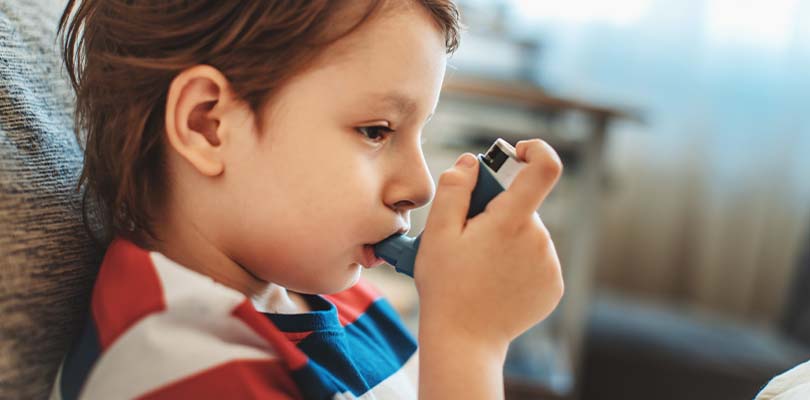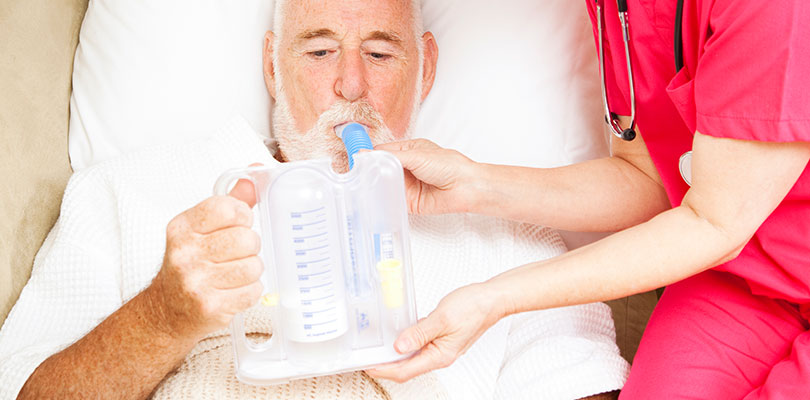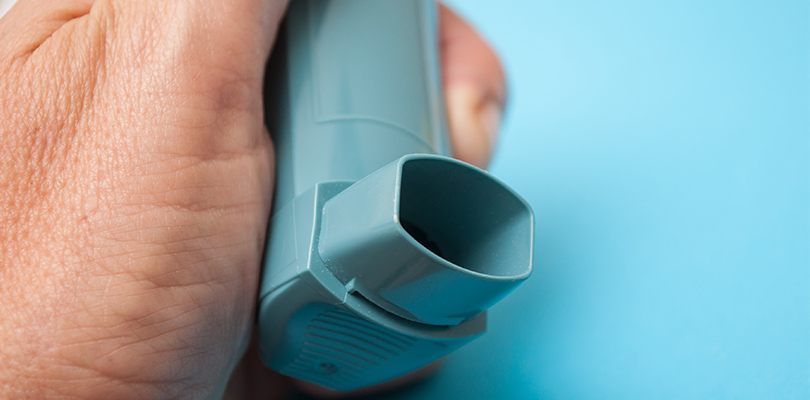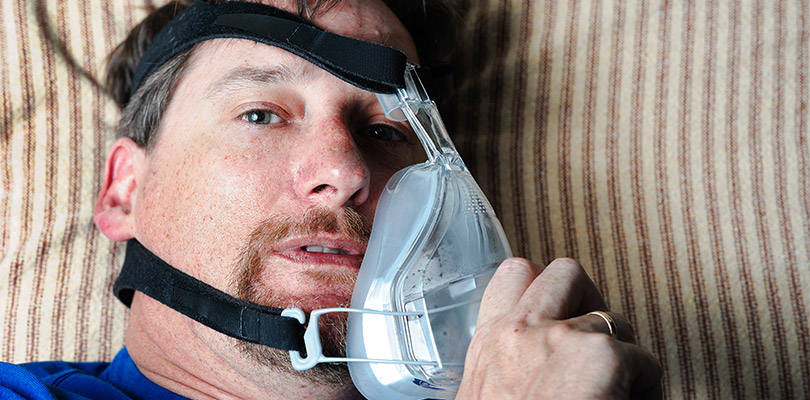COPD in Children
Chronic obstructive pulmonary disease (COPD) is a long-term lung condition. It usually affects older adults, but COPD in children can occur. According to the Centers for Disease Control and Prevention, in the U.S., the main cause of COPD is smoking tobacco, but there is also a genetic form of COPD that may affect younger people.
COPD itself does not usually affect children, but certain factors that may occur in childhood may place a child at an increased risk of developing COPD in early adulthood.
Understanding COPD
COPD is more than one disease. It is the term given to describe obstructive lung diseases, including emphysema and chronic bronchitis. With COPD, damage to the airways or air sacs develops over time. That damage leads to changes, including increased inflammation, excessive mucus production and narrowing of the airways.
Symptoms of COPD may start out mild and become worse over time. The most common symptoms of COPD:
- Shortness of breath
- Wheezing
- Chest tightness
- Coughing
- Fatigue
How Does COPD Present in Children?
COPD is a progressive disease. In most cases, it results from several years of damage to the lungs. This is why it is more common in older adults. According to research in the International Journal of Cardiopulmonary Disease, symptoms of COPD usually start after the age of 40.
Because it usually takes years for damage to occur, COPD, including chronic bronchitis and emphysema, does not usually occur in children, but other types of lung disease do develop in children, including asthma, which has many symptoms that are similar to COPD.
What Causes COPD in Children?
In countries outside of the U.S., poor air quality may contribute to the early development of COPD in children. It is possible COPD may occur in teens or older children due to a combination of environmental and genetic factors.
Childhood Lung Problems and the Development of COPD
Questions remain as to whether COPD starts in childhood, but symptoms are not significant until adulthood. There is also a theory that COPD in children may be diagnosed as asthma. In the U.S., since COPD is largely associated with years of cigarette smoking, the possibility that COPD may start in childhood has not been studied at length.
Smoking and COPD in Children
Researchers know that smoking often contributes to the development of COPD, but not all people who have a smoking history go on to develop COPD. There may be genetic factors that make someone predisposed to developing the lung condition, but studies also consider whether certain factors in childhood may also increase the risk for COPD.
Research in the journal Thorax found that children with a history of early respiratory infections or asthma who also had early exposure to cigarette smoke had a greater risk of developing COPD in adulthood compared to people who became smokers as adults. The research also indicates that having asthma as a child is associated with a 10 times greater risk of developing stage two COPD for men.
If you have COPD and are trying to find a way to improve your quality of life then read on, as I'm living proof of how you can do it.
Can Childhood Asthma Lead to COPD?
Having asthma in childhood may lead to years of airway inflammation. If asthma is severe or not well controlled, it can cause airway remodeling. Airway remodeling causes long-term scarring and swelling of the airways, which may contribute to COPD.
How Pneumonia Can Cause COPD
There is also some evidence that people who have had pneumonia in childhood, especially if it occurred more than once, have a greater risk of developing COPD in adulthood if they are smoke as an adult.
Symptoms, Treatment and Causes of COPD in Younger People
Although it is thought that COPD does not develop often in children, there is a genetic form of COPD that may lead to much earlier symptoms in adults. Although uncommon, symptoms may start to develop as early as the late teens.
Alpha-1 Antitrypsin Deficiency
Alpha-1 antitrypsin deficiency is an inherited condition that can lead to early symptoms of COPD. The disorder involves a lack of an enzyme called alpha-1antitrypsin in the blood. The enzyme helps protect the lungs from inflammation.
The liver produces alpha-1 antitrypsin, but in people with alpha-1 antitrypsin deficiency, the enzyme is abnormal and is not released by the liver into the bloodstream normally. The buildup in the liver can lead to liver disease in children. The lack of the enzyme in the bloodstream may lead to lung damage at an early age and COPD.
According to the Alpha-1 Foundation, people with the disorder usually develop COPD symptoms at an early age. According to Genetics Home Reference, symptoms of alpha-1 antitrypsin deficiency may start as young as age 20, but it is possible some teens may experience symptoms that are attributed to another condition, such as asthma.
What Are the Symptoms?
The symptoms of this form of COPD in young people:
- Chronic coughing
- Wheezing
- Shortness of breath
- Recurrent respiratory infections
- Year-round allergies
- Decreased exercise tolerance
What Is Treatment Like?
Treatment for COPD in children is similar to treatment for adults, but there are some differences. Typical treatment:
- Bronchodilators to widen the airways and make breathing easier
- Steroids to decrease airways swelling
- Antibiotics to treat recurrent respiratory infections
But young people who have COPD due to alpha-1may also get augmentation therapy. The therapy involves the administration of alpha-1 antitrypsin protein from healthy donors to increase the levels in a person’s blood and lungs. The therapy involves weekly intravenous infusions.







